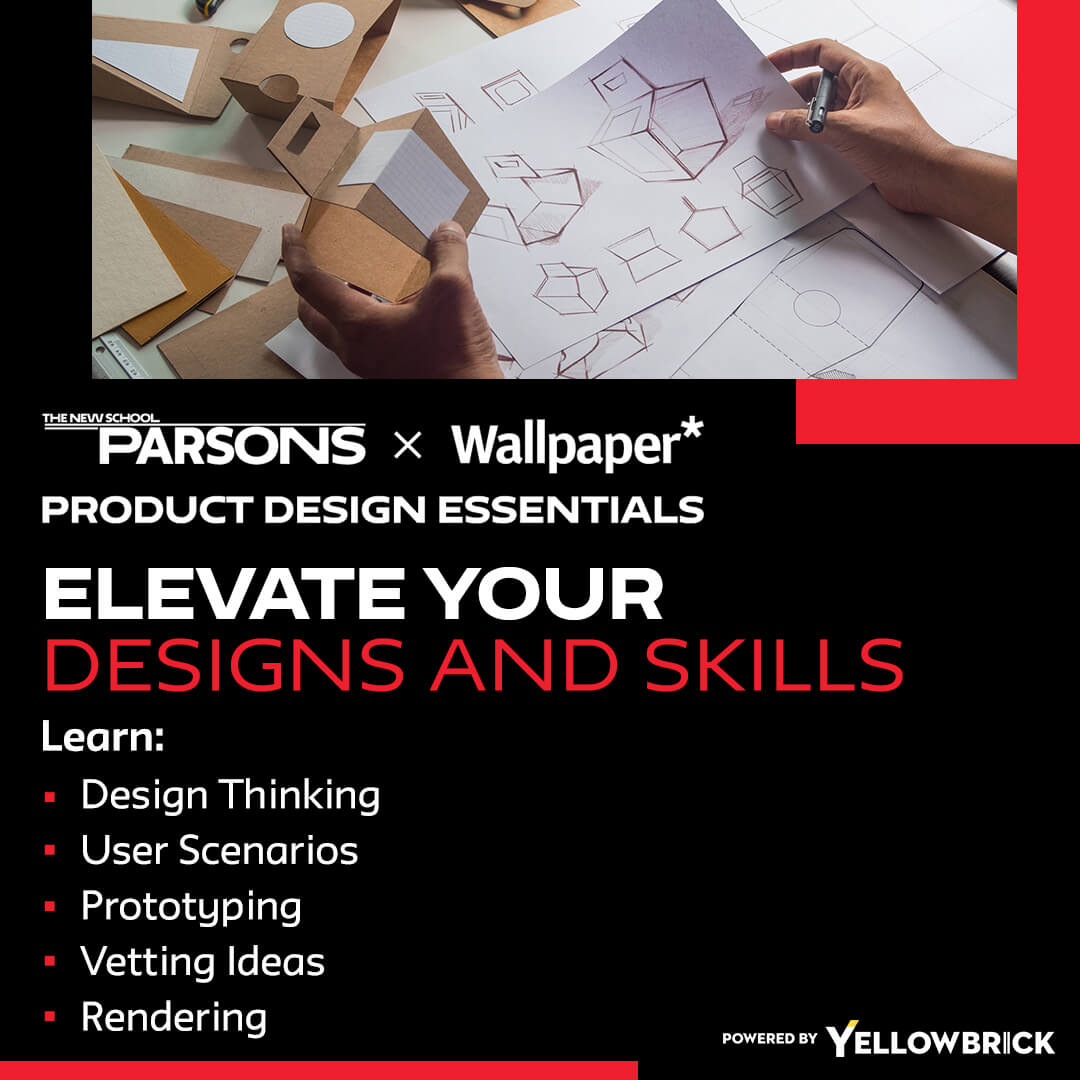Mastering the Skills of Design & Market Research to Be Successful

When you’re creating a product, it’s important to think about what information you want to continue building, or even start out with.
“So when you’re first starting out, I really like to get a market context and read up about the space as much as possible to understand trends, who the big players are, how big the market is, how much money is being made in that market,” says Agnes Pyrchla. “And that’s when I’m really defining the scope of the product”
Even if a product manager, strategist, or someone with a business perspective is likely to be in charge of that type of analysis, if a designer is interested in it as well, it’s always beneficial to add new perspectives to the UI and think about the problem more holistically which is important in UI design.
“When I think about design research versus market research, I think they have a lot of similarities in that you’re talking to end-users or potential customers,” says Daniel Holtzman. “But they have a lot of differences that are really important as well. Market research is really aimed again at and understanding people’s preferences, at describing the behaviors that they might have”
It’s all about developing people’s profiles. When we think about design research, I believe it is important to understand their motivations. It’s all about understanding the differences between what they say and what they do. And it’s all about instilling empathy in users. The way we do these things is also usually quite different. Focus groups are frequently used in market research. So there are a lot of people in a controlled environment with a moderator talking to them about a specific product, idea, or campaign and gauging their reactions. Surveys and other types of inputs are other common tools used in market research to ensure superb UX design. These skills can be attained through Online UX Design Education
These are large samples, involving a large number of people and attempting to elicit very specific data points from them. But, when I think of design research, I think of a smaller sample size than, say, market research, and it’s really focused on figuring out what the motivators behind behaviors are. Market research, on the other hand, is frequently focused on describing behaviors or understanding preferences to determine needs from a UX perspective. But what we try to do is meet people where they are.
“Human-centered design is, as the name suggests, it puts the humans at the center of whatever we design, whatever solutions that we’re creating,” says Rinat Sherzer. “And so when we look at a business, a lot of times decisions are being made driven by business opportunity, by the bottom line, by revenues and profits. And when we create a product, we first of all look at the humans, and what are their needs, and how we’re going to create an experience that is really transformative for them”
Then there’s the belief that once we crack that, the profits and revenues will follow. But first and foremost, we need to solve a real problem and get to the heart of what we’re trying to solve.


